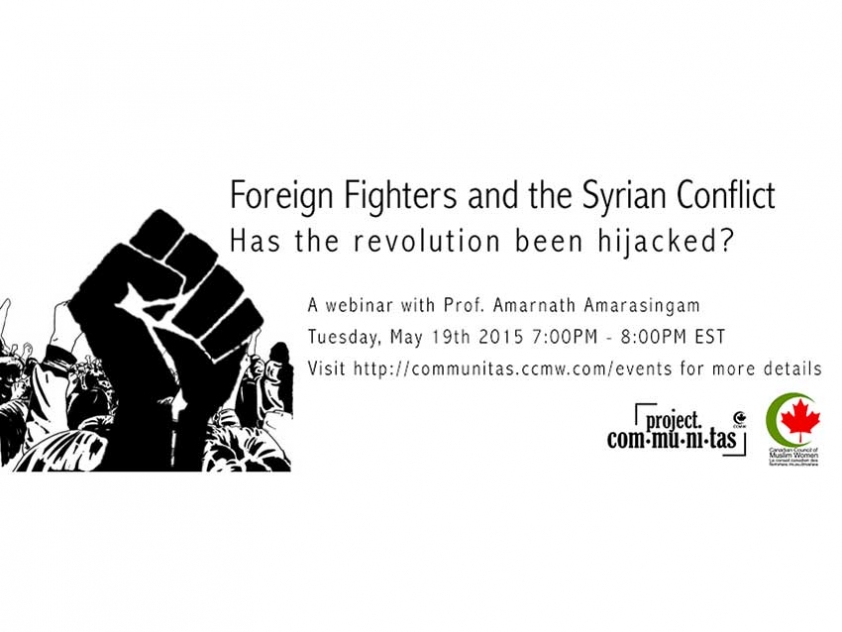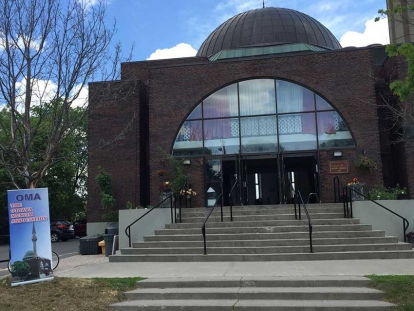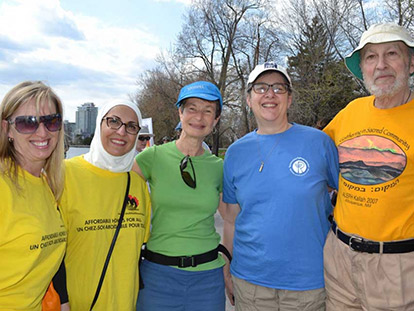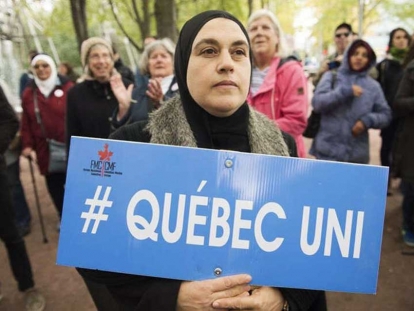
Jul
Foreign Fighters and the Syrian Conflict: Insight on Violent Extremism and What Communities Can Do to Address It
Written by Salma MahgoubLast month, Project Communitas presented a webinar by Professor Amarnath Amarasingam, a Social Sciences and Humanities Research Council Postdoctoral Fellow at Dalhousie University’s Resilience Research Centre. The webinar addressed the Syrian conflict in the context of the rising number of foreign fighters traveling recently to the region.
The seminar aimed to present a wider understanding of the ongoing Syrian civil war by providing insight on violent extremism and outlining skills and tools to help communities address these sensitive issues.
During his presentation, Professor Amarnath outlined some of the factors that motivated youth to become foreign fighters. Among these influences was religion, which, according to Professor Amarnath’s previous research, is a central source of youth motivation.
“In all of our conversations with fighters, particularly with the Islamic State, the idea of religious motivation is always front and center,” he said, adding that while religious motivations are a key component, they do not necessarily reflect that the religion itself is to blame.
The internet also plays a significant motivational role, he stated. While foreign fighters may use the internet to connect with other fighters or stay updated on the news, they may additionally turn to it for religious guidance. This can become troublesome, he explained, as youth may come across inaccurate information which they could decide to act upon.
During the Question & Answer session of the webinar, Professor Amarnath discussed some practices that Western communities can apply to identify and understand youth at potential risk of joining the movement of foreign fighting.
He stressed the importance for community leaders to be literate of the debates and issues that youth are actively engaging with, particularly through ideas they may come across on social media.
Based on analysis from previous research, he explained that there is no standard profile among radicalized Western youth. “I think we need to keep in mind that not all fighters are a monolithic block of some kind,” he said, pointing that these youth differed in their financial, social, and religious statuses. He therefore suggested that community leaders should keep these distinctions in mind when addressing this issue.
Despite apparent differences, there remain some common traits among radicalized youth, added Professor Amarnath, including isolated or troubled backgrounds and unstable family relations. The Professor believes that, ideally, a community’s role should be to identify these characteristics and take appropriate measures to integrate youth into their local community.
To watch this webinar, visit http://communitas.ccmw.com/event/foreign-fighters-and-the-syrian-conflict-has-the-revolution-been-hijacked/
Professor Amarnath’s presentation is one in a series of webinars presented by Project Communitas.
A project by the Canadian Council of Muslim Women (CCMW), Project Communitas aims to strengthen resilience for individuals and communities by developing projects that cultivate social interdependence, active citizenship, dialogue, and youth leadership.
This article was produced exclusively for Muslim Link and should not be copied without prior permission from the site. For permission, please write to info@muslimlink.ca.















